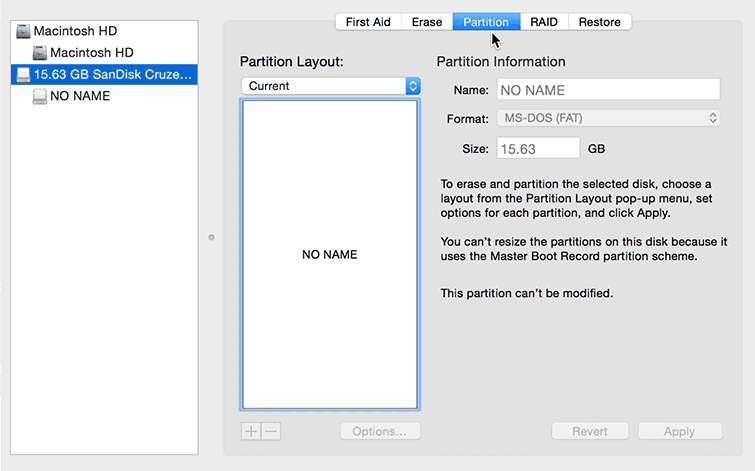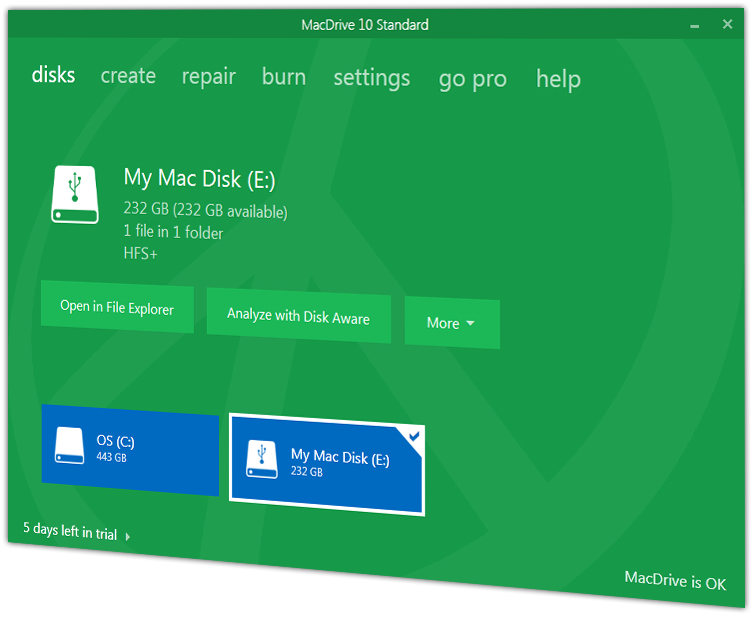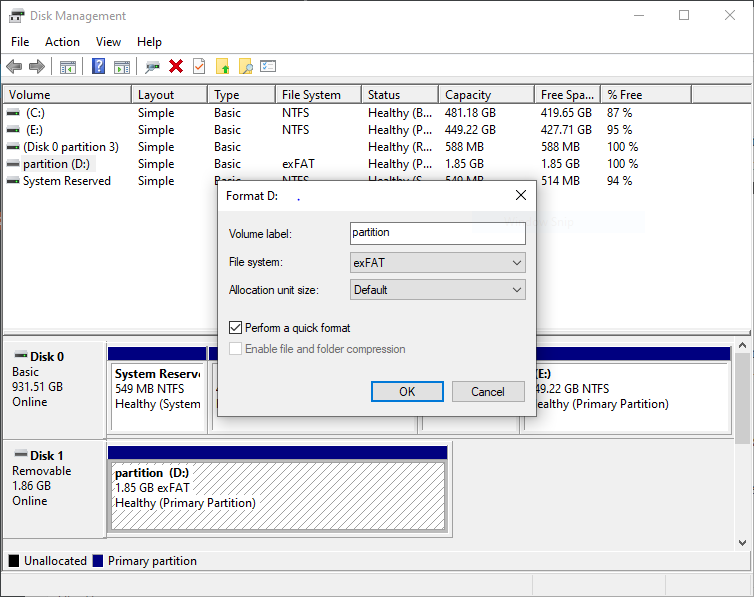

- Format a hard drive for both windows and mac mac os x#
- Format a hard drive for both windows and mac windows 7#
- Format a hard drive for both windows and mac mac#
You would not be able to use this disk for long HD videos and large disk images, for example.
Format a hard drive for both windows and mac windows 7#
Plug the disk into a Windows Vista SP1 or Windows 7 computer.I will leave Windows instructions below for the benefit of Windows users.
Format a hard drive for both windows and mac mac#
Mac instructions above will now work for exFAT.


It appears the issue has since been fixed and disks formatted exFAT on OS X 10.7 (Lion) and 10.8 (Mountain Lion) are working with Windows. Update: At the time of the original posting in 2011, there were some problems getting a Mac formatted exFAT drive working with Windows, it had trouble recognizing those drives. To format the drive to work with both platforms you will need use a Windows computer to format the disk as exFAT.
Format a hard drive for both windows and mac mac os x#
You must have Mac OS X 10.6.5 or newer, and PCs need to be Windows Vista SP1, Windows 7, or newer.Īlthough it is possible to format a drive as exFAT from Disk Utility on the Mac, that drive will not work with Windows PCs, and that’s not what we’re after. The erase option deletes all the data that was in the drive.Ĭons: Not compatible with older operating systems.

On the Disk Utility, make sure to double click.Select the Go menu by navigating to the desktop and to the bar at the screen’s top where the Go menu is located.Moreover, to access disk utility, you can first: Select MS-DOS (FAT) from the drop down box.Select the “Erase” tab in Disk Utility.(Find it quickly with Spotlight, click on Magnifying glass and start typing Disk Utility.) It is also widely supported by memory storage technology companies and third-party operating systems like OS X and Linux.Cons: Can’t handle files that are larger then 4GB in size. Microsoft introduced exFAT in 2006 it’s an optimized version of FAT, providing better performance advantages over FAT32. Comparison of file systems between Mac and Windows:Note1.If you format your hard drive to exFAT on Windows, the Allocation Unit Size should be equal to or. Now you’ll be able to save and copy files to your thumb drive on both Windows and OS X. In the Format list box, select ExFAT, enter a Volume Label if you want, then click Erase. Select your thumb drive in the Disk Utility window, then click the Erase tab. Launch Disk Utility press Command+Space then type: disk utility. If you only use a Mac computer, you can format your thumb drive to work on Windows systems.Ĭonnect the thumb drive to your Mac. In the File System list box, choose exFAT, type in a Volume Label if you want, and then click Start.Ĭlick OK to the format warning and wait until the process is complete. Right-click your flash drive and then select Format. Prepare a Thumb Drive for Both Windows and OS X or macOS Before you start, though, make sure your thumb drive is formatted so it can work on both Windows and macOS. If you’re working in a mixed environment, where you might need to work on files between both systems, a handy solution is to use a thumb drive. This makes it difficult to move data between the two unless you have them networked together. MacOS uses the HFS+ file system, while Windows uses the NTFS file system that shares little in common.


 0 kommentar(er)
0 kommentar(er)
